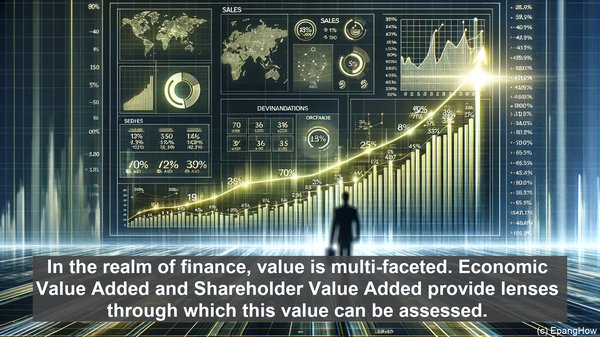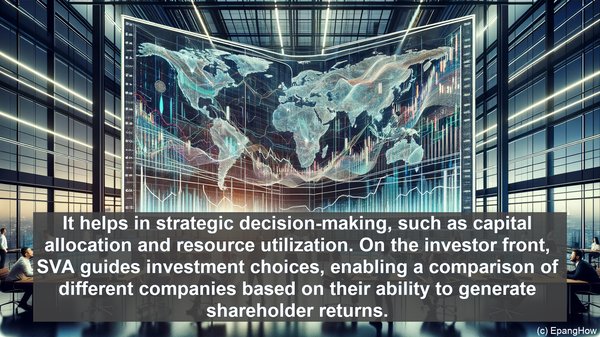Introduction: The Quest for Value
Hello everyone! In the realm of finance and investment, the pursuit of value is paramount. Today, we’re exploring two key metrics that shed light on this quest: Economic Value Added (EVA) and Shareholder Value Added (SVA). While they may sound similar, they possess distinct characteristics and serve different purposes. Let’s delve into the intricacies!
Economic Value Added: A Holistic Perspective
EVA, as the name suggests, focuses on the economic value generated by a company. It takes into account not just the financial capital, but also the intellectual and human capital. By deducting the cost of capital from the net operating profit after taxes (NOPAT), EVA provides insights into whether a company is creating value above and beyond its required return. It’s a comprehensive metric that considers the entire value chain.

Shareholder Value Added: A Shareholder-Centric Approach
On the other hand, SVA is primarily concerned with the value generated for the shareholders. It measures the return on equity (ROE) in excess of the cost of equity. By focusing on the shareholders’ perspective, SVA provides a clear picture of how well a company is utilizing its equity capital to generate returns. It’s a crucial metric for investors, as it helps them assess the attractiveness of an investment opportunity.

Key Differences: EVA vs. SVA
While both EVA and SVA aim to gauge value creation, there are notable distinctions. EVA is a broader metric, encompassing all stakeholders and emphasizing the overall value generated. SVA, on the other hand, zooms in on the shareholders, highlighting their returns. Another key difference lies in the calculation. EVA considers the entire capital structure, whereas SVA focuses solely on equity. These nuances make each metric valuable in its own right.
Applications: Insights for Businesses and Investors
The implications of EVA and SVA extend beyond theoretical analysis. For businesses, EVA serves as a performance measure, indicating areas where value creation can be enhanced. It helps in strategic decision-making, such as capital allocation and resource utilization. On the investor front, SVA guides investment choices, enabling a comparison of different companies based on their ability to generate shareholder returns. It’s a crucial tool for portfolio managers and individual investors alike.
